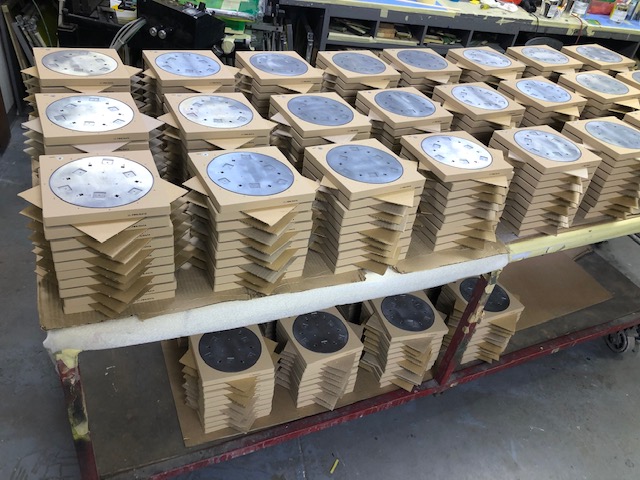ASTM A967 is a standard specification issued by ASTM International that covers the requirements for chemical passivation treatments for stainless steel parts. Passivation is a process used to remove free iron from the surface of stainless steel, which helps to improve its corrosion resistance by forming a thin, inert oxide layer on the surface.
Key Points of ASTM A967:
- Scope: ASTM A967 applies to several types of stainless steel and specifies the different types of chemical treatments that can be used to passivate them.
- Procedures: The standard outlines various methods for passivation, including treatments using nitric acid or citric acid, among others. The choice of method depends on the type of stainless steel and the intended application.
- Testing: The standard specifies tests to verify the effectiveness of the passivation process, including the salt spray test, copper sulfate test, and water immersion test, among others.
- Applications: ASTM A967 is widely used in industries where stainless steel components are subjected to harsh environments, such as aerospace, medical devices, food processing, and marine applications.
The standard ensures that stainless steel components meet the necessary corrosion resistance and cleanliness requirements for their intended application

